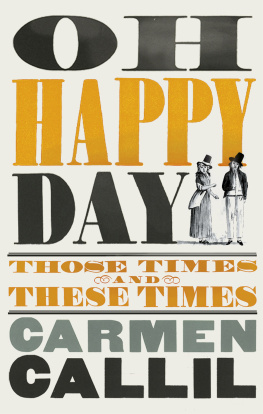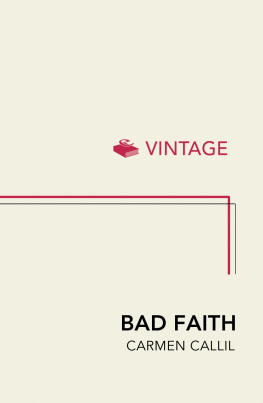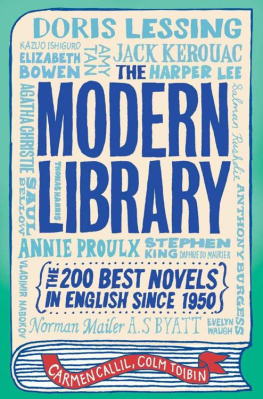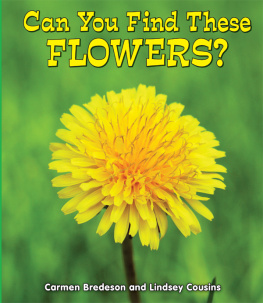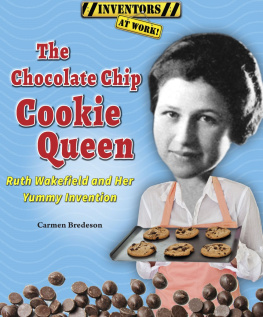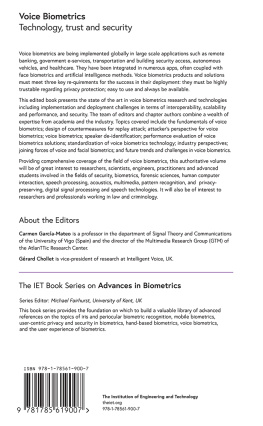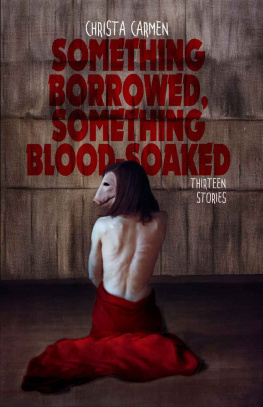Carmen Callil - Oh Happy Day
Here you can read online Carmen Callil - Oh Happy Day full text of the book (entire story) in english for free. Download pdf and epub, get meaning, cover and reviews about this ebook. year: 2020, publisher: Random House, genre: Home and family. Description of the work, (preface) as well as reviews are available. Best literature library LitArk.com created for fans of good reading and offers a wide selection of genres:
Romance novel
Science fiction
Adventure
Detective
Science
History
Home and family
Prose
Art
Politics
Computer
Non-fiction
Religion
Business
Children
Humor
Choose a favorite category and find really read worthwhile books. Enjoy immersion in the world of imagination, feel the emotions of the characters or learn something new for yourself, make an fascinating discovery.
- Book:Oh Happy Day
- Author:
- Publisher:Random House
- Genre:
- Year:2020
- Rating:4 / 5
- Favourites:Add to favourites
- Your mark:
- 80
- 1
- 2
- 3
- 4
- 5
Oh Happy Day: summary, description and annotation
We offer to read an annotation, description, summary or preface (depends on what the author of the book "Oh Happy Day" wrote himself). If you haven't found the necessary information about the book — write in the comments, we will try to find it.
Oh Happy Day — read online for free the complete book (whole text) full work
Below is the text of the book, divided by pages. System saving the place of the last page read, allows you to conveniently read the book "Oh Happy Day" online for free, without having to search again every time where you left off. Put a bookmark, and you can go to the page where you finished reading at any time.
Font size:
Interval:
Bookmark:
Bad Faith
A forgotten history of family and fatherland
with Colm Tibn
The Modern Library
The 200 best novels in English since 1950
Sarah Lacey called herself Sary when she was young. I refer to her as Sary throughout in order to distinguish her from all the other Sarahs in this story.
A stockinger is a knitter, a person who knits on a stocking frame.
Illegitimate, delivered of
Named so because the church wardens who urged and attended marriages of the parents of illegitimate children carried such an object as their magic wand of office.
The Magic Pudding is a classic Australian childrens book by Norman Lindsay, published in 1918.
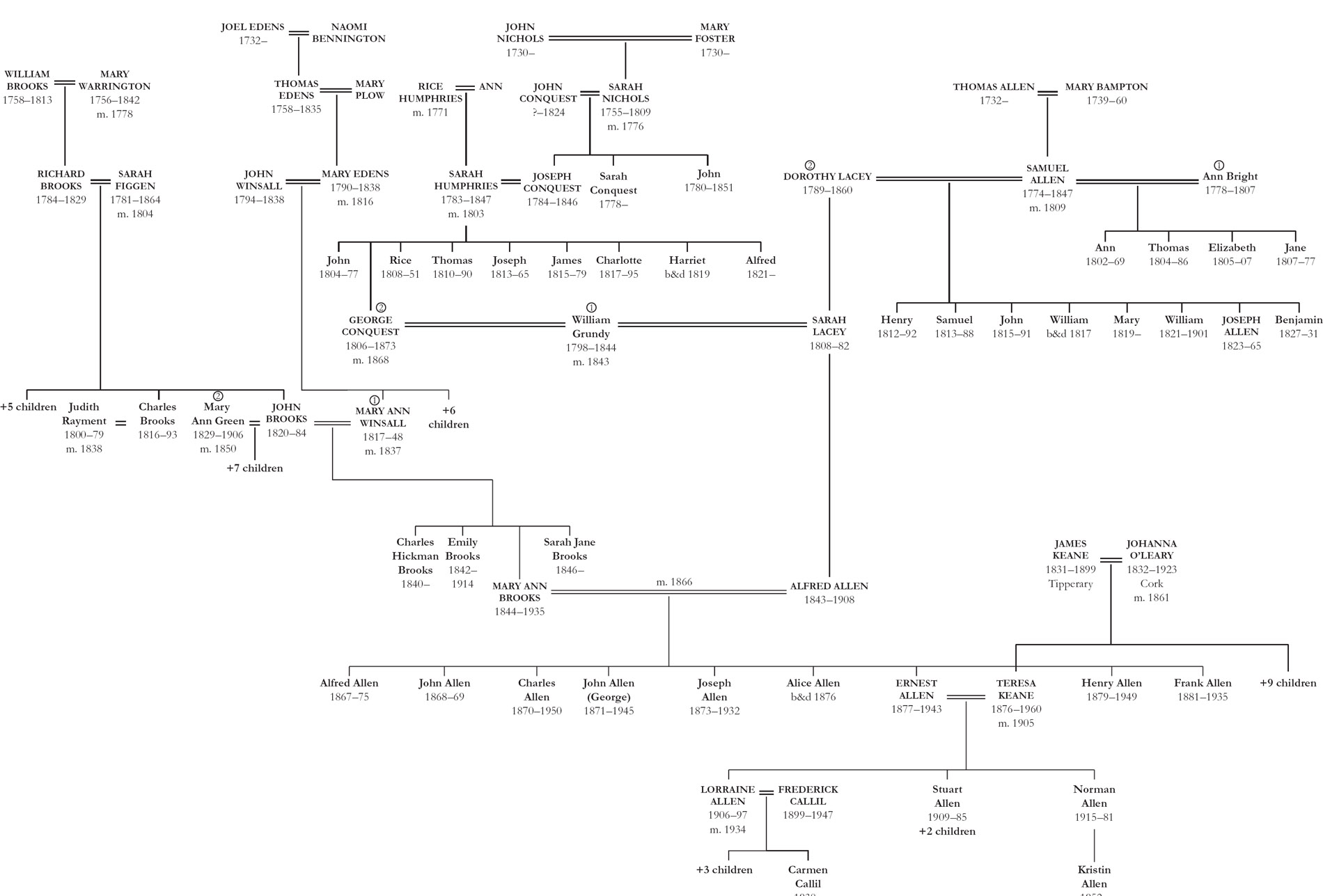 For fuller family trees see Appendices, .
For fuller family trees see Appendices, . 
This ebook is copyright material and must not be copied, reproduced, transferred, distributed, leased, licensed or publicly performed or used in any way except as specifically permitted in writing by the publishers, as allowed under the terms and conditions under which it was purchased or as strictly permitted by applicable copyright law. Any unauthorized distribution or use of this text may be a direct infringement of the authors and publishers rights and those responsible may be liable in law accordingly.
VINTAGE
20 Vauxhall Bridge Road,
London SW1V 2SA
Vintage is part of the Penguin Random House group of companies whose addresses can be found at global.penguinrandomhouse.com.

Copyright Carmen Callil 2020
Jacket Design Suzanne Dean
Typography Etta Vorsanger-Brill
First published by Jonathan Cape in 2020
Carmen Callil has asserted her right to be identified as the author of this Work in accordance with the Copyright, Designs and Patents Act 1988
The author and publishers have made every effort to trace and contact copyright holders.
The publishers will be pleased to correct any mistakes or omissions in future editions.
penguin.co.uk/vintage
A CIP catalogue record for this book is available from the British Library
ISBN 9781473574687
For people who lived and live like this
To Henry Hunt, Esq., engraving depicting the Peterloo Massacre, published by Richard Carlile, 1 October 1819 (Alamy)
A stockingers knitting frame (reproduced courtesy of Leicester Arts and Museum Service)
Interior of an English workhouse under the New Poor Law Act, 1834 ( National Archives)
The Model Union Workhouse, 1841 ( Punch Limited)
Demonstration on Copenhagen Fields, London, 21 April 1834 (Alamy)
Poster recruiting emigrants, Canterbury Association, 1849
The Manchester Coach, drawing by T. Allom, engraved by S. Lacey, 1837
The Sheep Market, Market Harborough, drawing by George Clarke of Scaldwell, 1836
The old Independent Meeting House, Market Harborough (photograph reproduced by kind permission of Kristin Allen)
Stagecoach and coaching inn (Getty)
Burghley House, Stamford, 1898 (Alamy)
Richard Brooks tombstone (authors own)
The May Sheep Fair, Boston, c. 1840, after George Northouse, lithograph by E. Kaufman, 1845
Bothamley shopfront, Market Place, Boston
Perspective View of a Workhouse for 300 Paupers, Sampson Kempthorne, 1835 (Alamy)
Convicts being rowed out to a prison hulk on the Thames, after Samuel Prout, 1826, engraving by George Cooke, 1834 ( National Maritime Museum, Greenwich, London)
The convicts returning to their hulks from their labour in the arsenal, illustration from Henry Mayhew, The Criminal Prisons of London, 1862 (Alamy)
View of Port Jackson, Richard Read Senior, c. 1820s (Dixson Galleries, State Library of New South Wales)
Captain Arthur Phillip, first governor of New South Wales, Francis Wheatley RA, 1786 (Alamy)
The Point of Honour, George Cruikshank, 1825 (Alamy)
Major General Lachlan Macquarie, fifth governor of New South Wales, attrib. John Opie RA, c. 1805 (Alamy)
A Government Chain Gang, Sydney, 1830, by Augustus Earle (Alamy)
Australian birds, illustrations from a Soviet encyclopedia, 1926 (Alamy)
Convict uniform and two caps, c. 1830s 40s (National Library of Australia, nla.obj-139411772)
Flogging a Convict at Moreton Bay, frontispiece of The Fell Tyrant, or, The Suffering Convict, 1836 (State Library of New South Wales)
Melbourne, 1840, engraving from the original sketch by S. H. Haydon (Alamy)
Mrs Winslows Soothing Syrup trade card, c. 1900 (Alamy)
Melbourne Morning Herald, 11 November 1850 (State Library of New South Wales)
Zealous Gold Diggers, Bendigo, July 1852, Samuel Thomas Gill (Rex Nan Kivell Collection, National Library of Australia, nla.obj-135678315)
Pacific Chivalry: Encouragement to Chinese Immigration, Thomas Nast, Harpers Weekly, 7 August 1869 (Alamy)
Miners with reef gold from Star of Hope mine, c. 1873 (State Library of New South Wales)
Swearing Allegiance to the Southern Cross, 1 December 1854, Charles A Doudiet, 1854 (Art Gallery of Ballarat / Alamy)
Here and There, or, Emigration a Remedy, Punch, vol. 15, 1848, p. 27 ( Punch Limited)
Scene on Board an Australian Emigrant Ship, Illustrated London News, 20 January 1849 (Getty Images)
From Great Britain to Solve Our Domestic Problem, Canberra Times, 3 February 1927
The first Independent chapel, Prahran, Melbourne, 1851, drawing based on a pencil sketch by C. F.
William Moss, 1851
Funeral Parlour, Chapel Street, Prahran, Melbourne, c. 1852
Robinson Street today (authors collection)
The Allen family, c. 1895 (authors collection)
Alfred Allen, 1907, Yarra Bend Asylum for the Insane, Melbourne
Annie OLeary family photograph, 1904 (reproduced by kind permission of Sheila Geary)
Latoof & Callil receipt (Callil family papers)
Ernest Allen (reproduced by kind permission of Julian Callil)
Peter Callil (reproduced by kind permission of Julian Callil)
Latoof & Callil, Exhibition Street, 1957 (Ms Justine Makin, of John Wardle Architects, reproduced courtesy of the State Library of Victoria)
Mary Ann Brooks, c. 1920s (reproduced by kind permission of Julian Callil)
A BOOK SUCH AS THIS, both story and history, requires a different approach to history and a different way of writing about it. My account of the lives of George and Sary, Mary Ann and their families is the result of copious investigation. But sometimes I have had to intuit things, make connections and suppositions. Any mistakes are mine alone, and I will happily correct them.
When I began the research for this book, I intended to write about all my diverse emigrant ancestors, English, Irish and Lebanese, who were sent or emigrated to Australia in the nineteenth century. Many of us are the descendants of people like them, the poor, the criminal, the surplus population of the world, then and now. But I decided to concentrate on my English forebears because, as I wrote, that English construct, the social pyramid, rose again before me. The wealthy and entitled few at the top continue to prey on the much larger number of the poorer beneath them: not lost, not gone before, but in vigorous health, and as strong as ever.
Font size:
Interval:
Bookmark:
Similar books «Oh Happy Day»
Look at similar books to Oh Happy Day. We have selected literature similar in name and meaning in the hope of providing readers with more options to find new, interesting, not yet read works.
Discussion, reviews of the book Oh Happy Day and just readers' own opinions. Leave your comments, write what you think about the work, its meaning or the main characters. Specify what exactly you liked and what you didn't like, and why you think so.

